Operation "Ultra", or the Story of how the Poles with the British "Enigma" hacked. 1 part
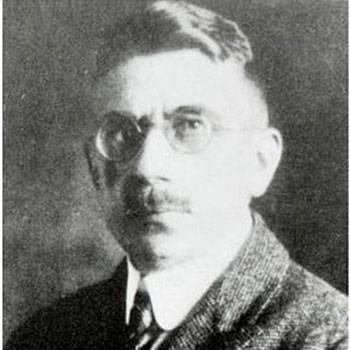
Arthur Sherbius is the author of Enigma. Source: lifeofpeople.info
Initially, there was no talk about any military career of “Enigma” - it was a typical commercial product. There was even a wide advertising campaign initiated by Scherbius to promote his own product. So, in 1923, the encryption device became an exhibit at the congress of the International Postal Union, but did not succeed. The reason was the high price of the Enigma and the impressive dimensions of the Sherbius machine. Nevertheless, several copies were sold to armies of various countries and communications companies. The British first encountered the Enigma device in June 1924, when the manufacturer offered the British to buy a batch of devices at a price of 200 dollars apiece for that time. The UK government, in response, offered to register an encryption novelty at the patent office, which automatically led to the provision of full documentation for the equipment. The Germans took this step and the British cryptographers got at their disposal all the technical nuances of the Enigma long before the Second World War.
Patent for Enigma. Source: lifeofpeople.info
True, it is worth noting that Enigma was in an early commercial version that the Germans did not use in their army. The rise of the German cryptographic machine to Olympus began with the advent of Adolf Hitler to power in 1933, when the rearmament of the army began. The total number of Enigma vehicles produced until the end of World War II, according to various sources, varies from 100 thousand to 200 thousand. They were used everywhere - in the Wehrmacht, in kriegsmarine, in the Abwehr, in the Luftwaffe and in the fascist security services.
"Enigma" later version. Source: w-dog.ru
What is the basis of the device encoder? In the very first generation, there were three rotating in the same plane drum (disk or wheel), on each side of which there were 26 electrical contacts - exactly the number of letters in the Latin alphabet. Contacts on both sides were connected inside the 26 drive by wires that formed the replacement of characters when typing. The three disks in the assembly process were folded together, touched each other with contacts, which ensured the passage of electrical impulses through the entire set of drums to the recording device. The Latin alphabet itself was printed on the side surface of each drum. Getting started with the Enigma-transmitter was marked by a set of code words from the letters on the drums. It is important that the receiving device is also configured with the same code word.
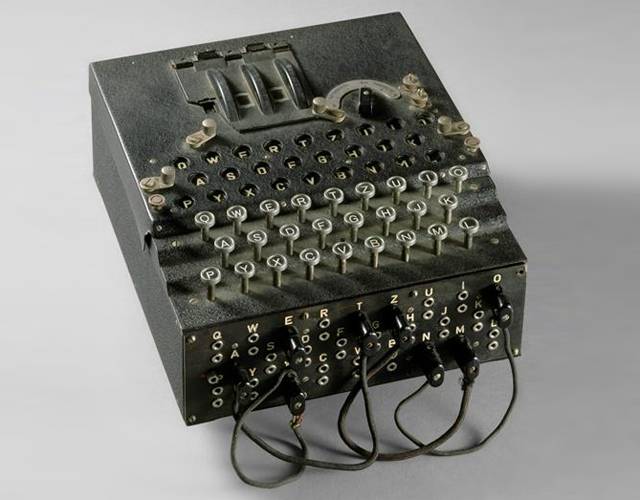
Field encryption machine "Enigma". Source: musee-armee.fr
Next, the operator responsible for entering text for encryption, typing on his keyboard, with each press causes the left disk to rotate one step. The Enigma was an electromechanical machine, so all commands of the mechanical part were given using electrical signals. After the left disk was turned on one turn, the central drum came into action and so on. Such rotation of the discs created for each character of the text its own unique contour for the passage of an electrical impulse. The signal then passed through a reflector, which was the 13 conductor connecting the pair of contacts on the back of the third disk. The reflector unwrapped the electrical signal back into the drums, but in a completely different way. And it was only here that a light bulb flashed near the letter of the already encrypted text. Such "adventures" of the electric signal provided a unique security of the communication channel for its time.
The military version of the "Enigma" with four drums. Source: e-board.livejournal.com
Given the further improvements that the Germans made to Enigma, British cryptanalysts could never have “hacked” such a perfect machine on their own. At first, three people worked with the Enigma: one read the text, the second typed on the keyboard, and the third wrote down the encryption of the lights. Over time, the size of the encryption device decreased to the size of a typewriter, which allowed sending messages from virtually every trench. Also, during the modernization of the Germans added a printing device for typing encrypted text. What else did engineers of the Third Reich cryptographers add to the Enigma? In 1930, a switchboard of 26 pairs of sockets and plugs appeared, which additionally replaced the plaintext characters after the main encryption on the drums. It was a purely military improvement — there was no such thing on commercial options. The long-term key of the encoder, which formed the switching of disks due to the rearrangement of 26 elements, is astronomical 4x1026 options! Now the software capabilities of a computer make it easy to sort through such a number of options, but for the 30-40-s it was unlikely and long. Also, the set of five Enigma disks (which were all different), of which only three were installed on the device at a time, complicated the picture of encryption. They can be shuffled in any order, that is, there were only 10 installation options on one machine. To get started, a single key offered 26 character variants for each disk, and for three already 26 ^ 3 = 17576. And, finally, the regularly replaced plug-in switching circuit completely complicated the work for the cryptanalytic services of the enemies of Nazi Germany. Later they began to add additional drums to the structure. However, despite this, Enigma learned to fully “read” at the very beginning of World War II.
One of the best cryptanalysts before the big war was the Poles. Even during the civil war in Russia and the Soviet-Polish conflict, the Poles successfully deciphered messages from the Soviet army and diplomats. Thus, the 2 th division (cryptanalysis) of the Polish General Staff in August 1920 “translated” from telegrams encrypted into Polish 410, signed by Trotsky, Tukhachevsky, Hai and Yakir. Moreover, during the offensive of the Red Army in Warsaw, the Poles misled Tukhachevsky's troops, which forced him to retreat to Zhytomyr. Over time, the natural interest of Poland's cryptanalyst shifted to Germany at an alarming rate. The Polish Cipher Bureau was a fairly efficient structure at that time and included four departments:
- A division of Polish ciphers responsible for protecting state communication lines;
- radio intelligence unit;
- Russian cipher division;
- A division of German ciphers.
Saxon Palace in Warsaw, where the General Staff and the Bureau of Encryption were located. Photo 1915 of the year. Source: photochronograph.ru
In many ways, therefore, it is the Poles who have achieved the first success in deciphering "Enigma". Around the 1926 year, they began to intercept German messages on the radio, encrypted in a way that was not previously known. A little later, in 1927 or 1929, an attempt to smugg an Enigma box into a German diplomatic consulate was made through Germany’s customs. How did this happen and why did the Germans not send the device to a closed diplomatic channel? Nobody will answer this right now, but the Poles have studied the device in detail - this was done by the guys from the radio engineering company AVA, which had long been working with Polish intelligence. After a thorough acquaintance, the Enigma was handed over to unsuspecting German diplomats. Of course, the device of the commercial version of the encryption machine could do little for the Polish cryptanalyst, but a start was made. Every year, the Poles strengthened their service of “hacking” German codes - in 1928-1929, the University of Poznan organized courses on learning cryptography for students of mathematics with knowledge of the German language. Three talented students stood out: Mariann Razhevsky, Heinrich Zygalsky and Jerzy Razitsky.
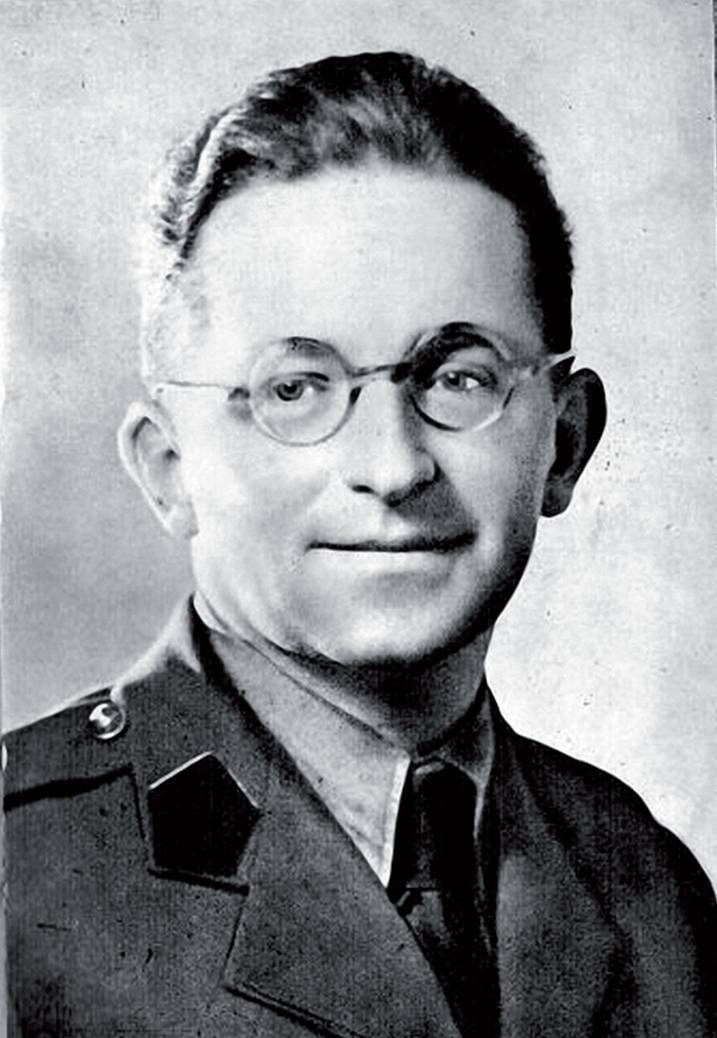
Mariann Razhevsky is a leading cryptanalyst of pre-war Poland. Source: lifeofpeople.info
All of them were subsequently taken to the special services, and they were the first to receive the results of the deciphering of the Enigma. In many ways, it was the Poles who were the first to understand the importance of attracting mathematicians for cryptanalysis of enemy ciphers. Poland in general in 20-30-ies was almost the world leader in the field of cryptography, and experts were often invited to share their experience in other countries. Observing the framework of secrecy, of course. The captain of the Polish army and a specialist on codes, Jan Kovalevsky traveled to Japan for this purpose, and then worked with a group of students from this country in his home country. And he brought up Rizobar Ito, a large Japanese cryptographer who uncovered the Playfair English cipher system used in the 30s on British lines of communication. A little later, another potential German enemies, the French, began to help the Poles.
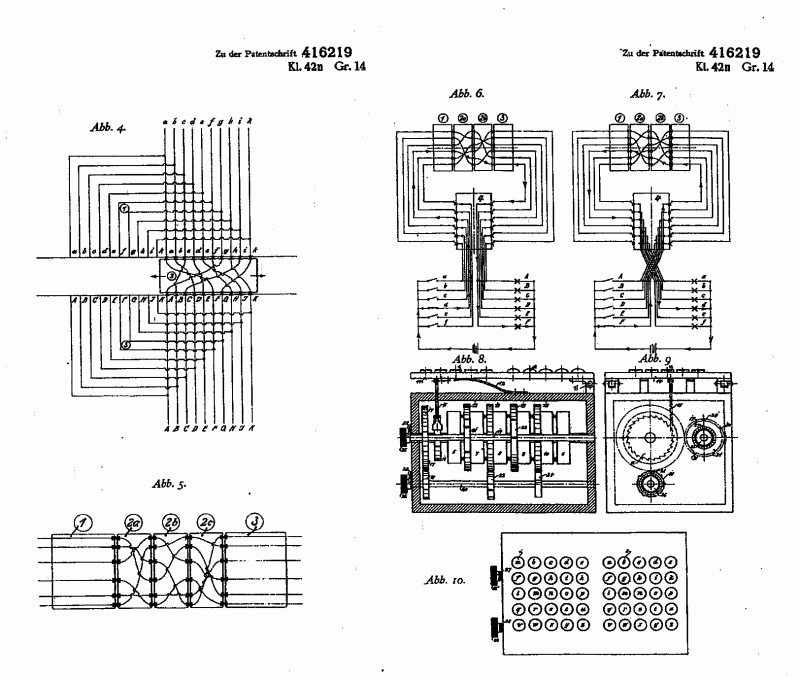
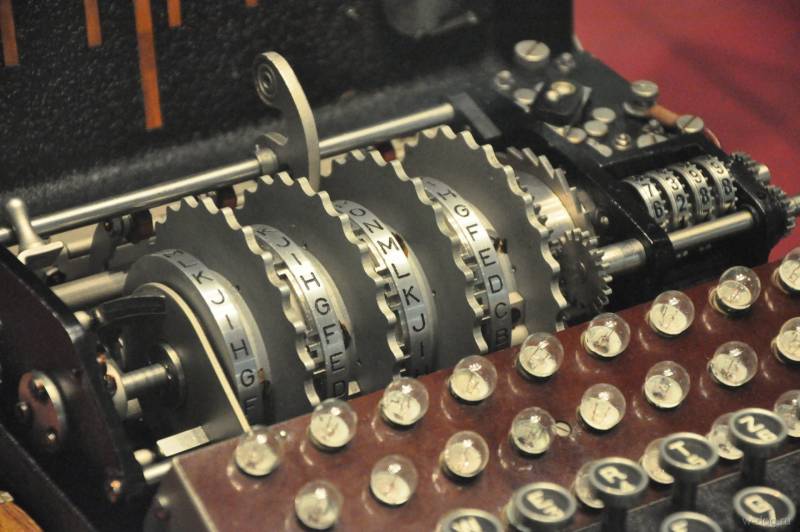
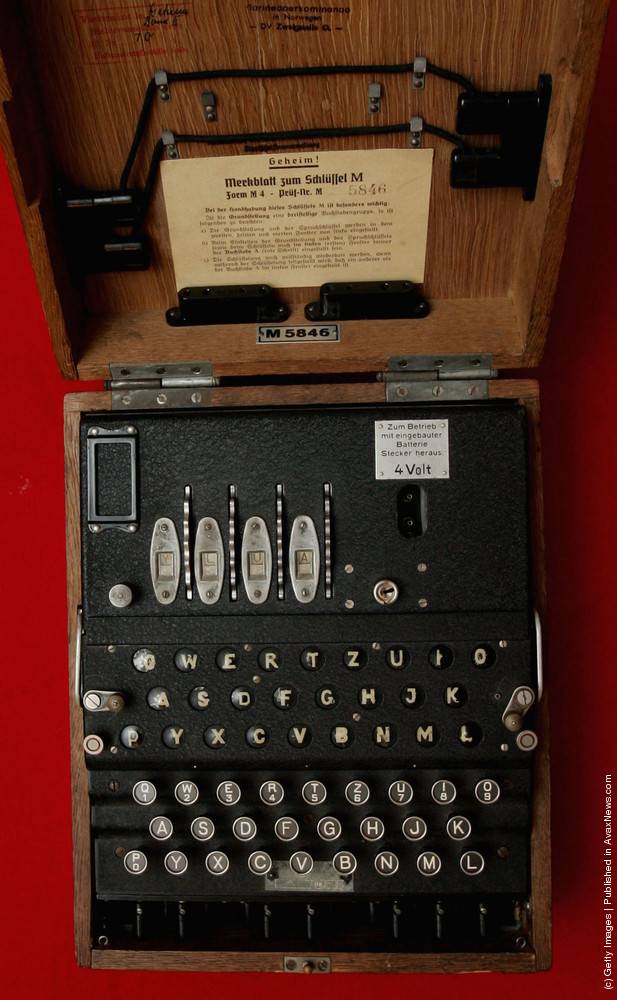
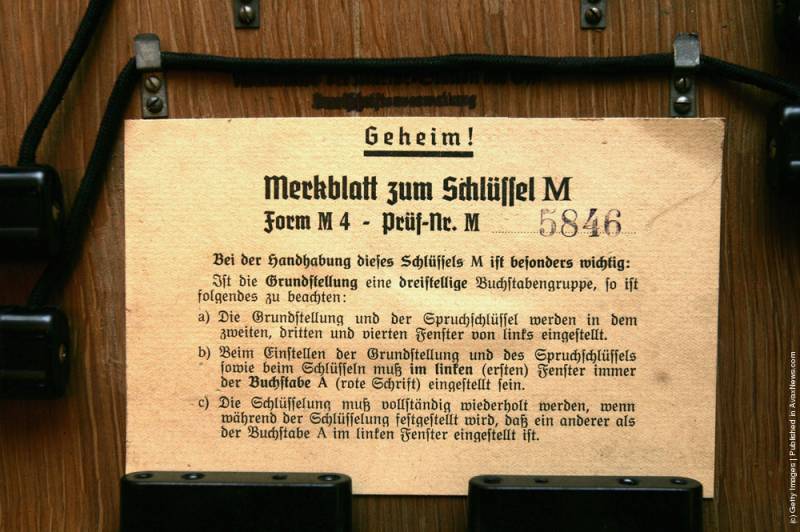
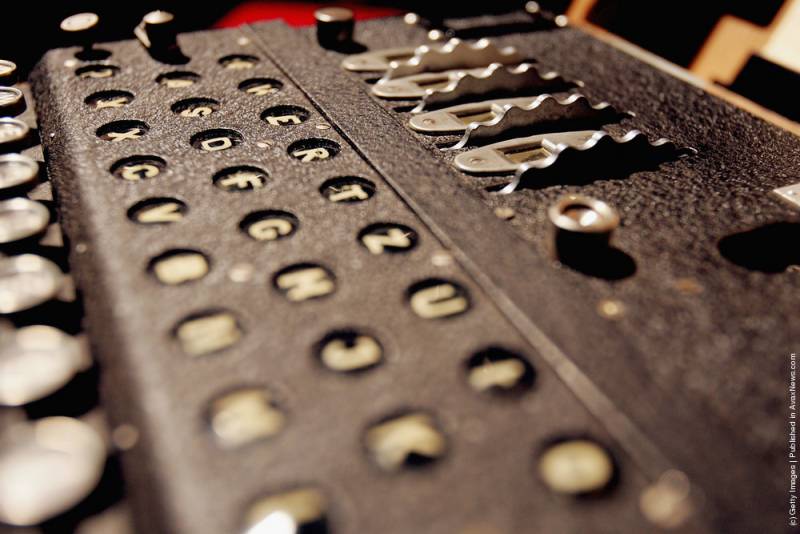
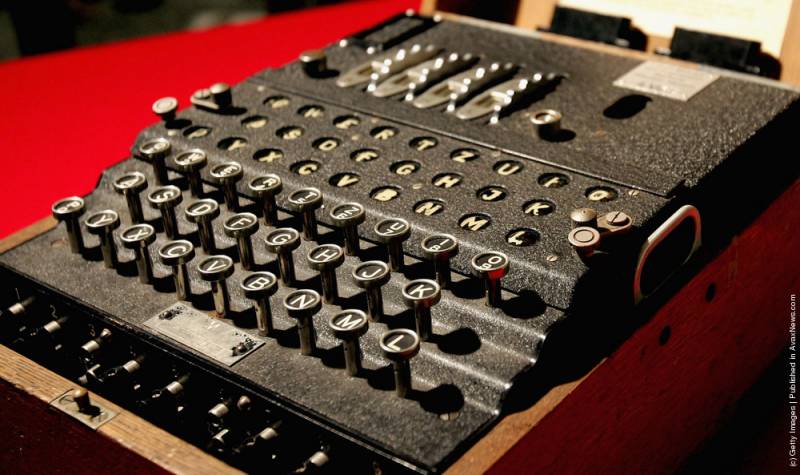
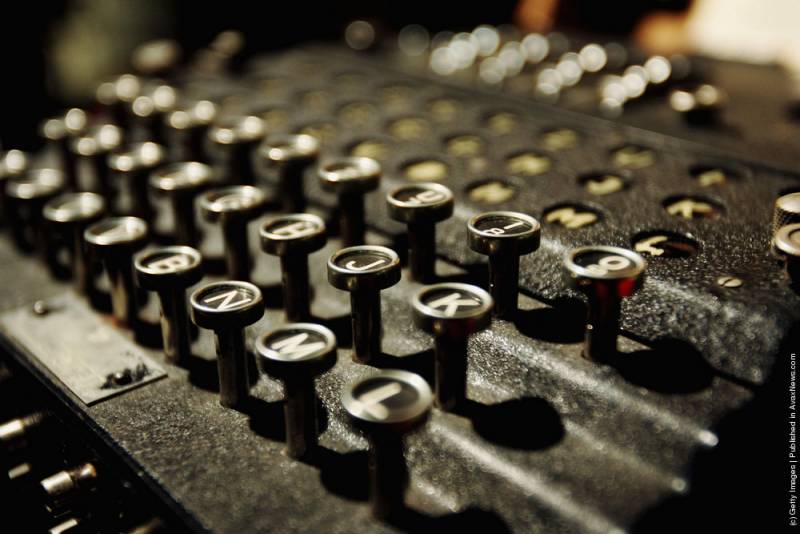
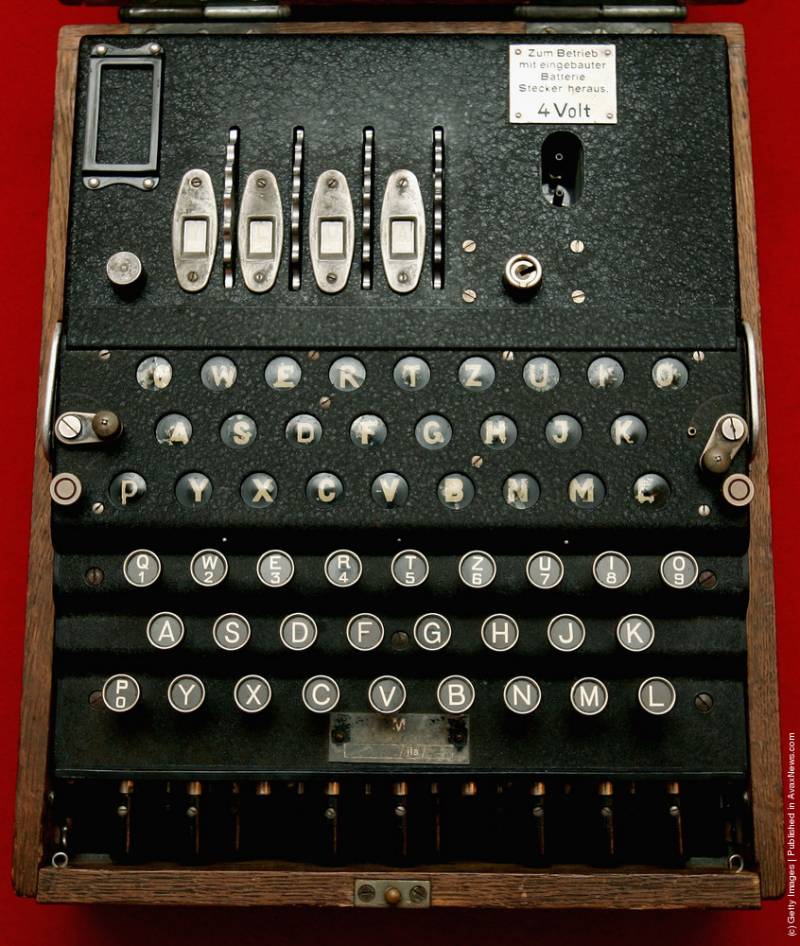
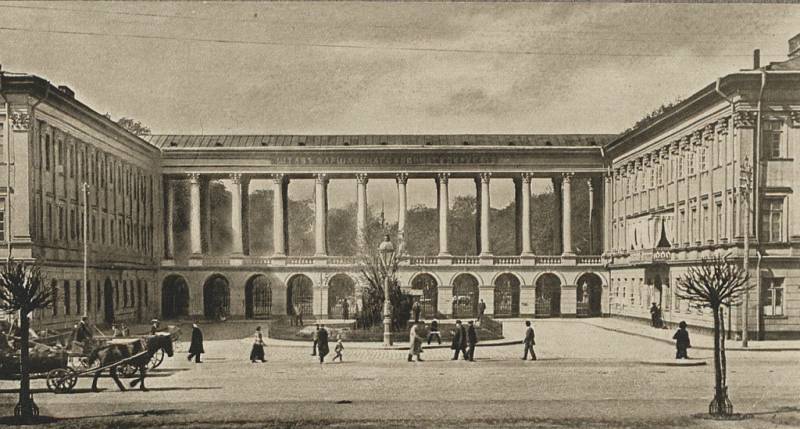
Information